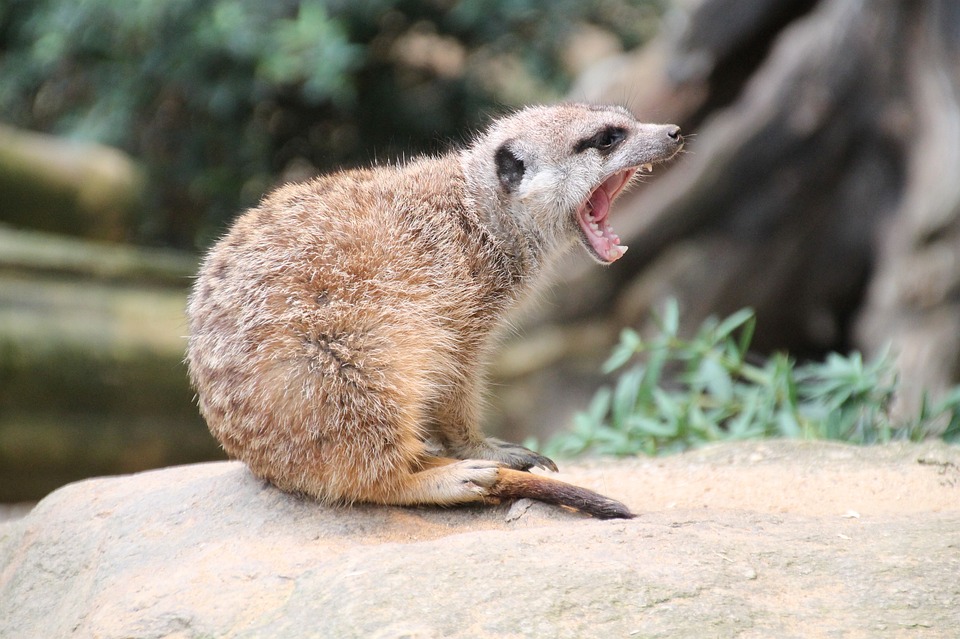The UNESCO World Heritage Committee has renewed its call for urgent action to protect the critically endangered vaquita porpoise in Mexico. With only six to eight individuals estimated to remain, the vaquita faces imminent extinction due to entanglement in illegal fishing gear. The committee has agreed to retain the Islands and Protected Areas of the Gulf of California World Heritage site, the only home to the vaquita, on its List of World Heritage in Danger. Despite Mexico’s recent enforcement actions to quell illegal fishing in the area, the committee determined that these efforts were not fully effective in protecting the vaquita. As a result, the committee has approved a suite of corrective measures for Mexico to implement to safeguard the species.
Alejandro Olivera, a senior scientist and Mexico representative at the Center for Biological Diversity, expressed disappointment in Mexico’s failure to keep its promises to protect the vaquita. Despite a ban on lethal gillnets in 2020, these nets continue to pose a threat to the vaquita’s habitat. Olivera emphasized the need for Mexico to expand the vaquita’s protected area, enforce the law to stop illegal fishing, and take immediate action to save the rapidly vanishing species.
The vaquita population has drastically declined over the years, from nearly 600 in 1997 to fewer than 10 in 2024, primarily due to entanglement in gillnets used for illegal fishing. These nets target shrimp and various fish, including the endangered totoaba, whose swim bladder is highly sought after in China. While there has been some reduction in illegal fishing within a no-fishing zone known as the zero tolerance area, the practice remains widespread outside this zone, posing a continuous threat to the vaquita’s survival.
In order to lift the „in danger“ designation from the site, Mexico must enact several corrective measures. These include implementing sustainable fishing practices, demonstrating an increase in the vaquita population over five years, effectively protecting the area from illegal fishing, eliminating gillnets from the Vaquita Refuge and Biosphere Reserve, and collaborating internationally to combat illegal totoaba poaching and trafficking. Mexico is also required to consult with key stakeholders and submit a detailed plan of action with timelines. Failure to adopt these measures could result in the site losing its World Heritage status.
DJ Schubert, a senior wildlife biologist with the Animal Welfare Institute, highlighted Mexico’s failure to enforce fishing laws, which has allowed the illegal trade in totoaba swim bladders to flourish and pushed the vaquita to the brink of extinction. Schubert welcomed the decision by the World Heritage Committee and urged Mexico to urgently implement all efforts to save the vaquita.
In response to a petition submitted in 2015 by the Center for Biological Diversity and the Animal Welfare Institute, the World Heritage Committee placed Mexico’s Islands and Protected Areas of the Gulf of California on the list of World Heritage sites that are in danger in 2019. The vaquita porpoise inhabits a restricted area in the Upper Gulf of California, where gillnet fishing is prohibited. However, enforcement of this ban remains inadequate, putting the vaquita at further risk.
Overall, the plight of the vaquita porpoise serves as a stark reminder of the urgent need for conservation efforts to protect endangered species and their habitats. The international community, along with Mexico, must work together to ensure the survival of the vaquita and prevent its extinction.





